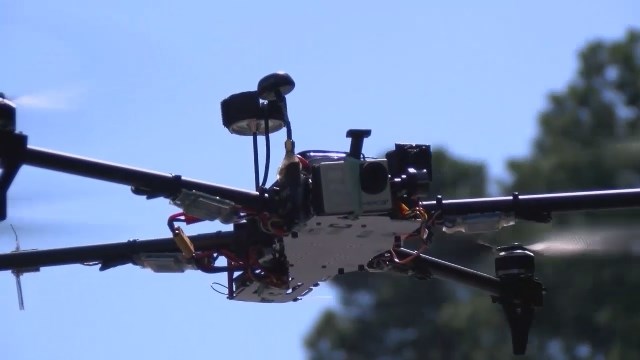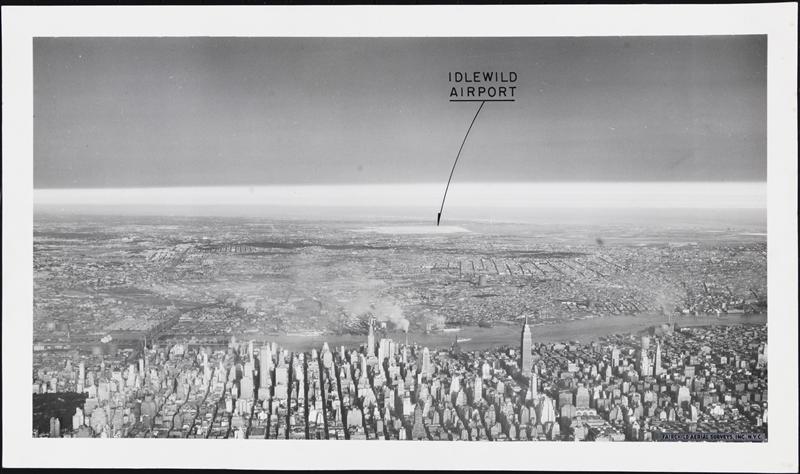
Reports in the news media about close calls between drones and airliners draw an interesting reaction from UAS enthusiasts on social media. The reactions range from:
A) The airline pilots aren’t actually seeing what they think they’re seeing
B) The media is hyping and sensationalizing these accounts
C) UAS operators are being unfairly targeted and persecuted
D) Nobody can tell me where I can fly my UAV
There are probably some elements of truth to A and B.
It’s possible that not everything airline pilots are reporting as close encounters with drones are really drones. However, I tend to believe that given the level of training and professionalism among airline pilots—not to mention the sheer number of hours they spend in the air—a large majority of their reports are accurate.
I’ve seen videos posted on YouTube of drone operators who admit that they’re flying too close to an airport, flying far above 500 feet, allowing their UAV to fly beyond line of sight or flying in unsafe conditions. They’ll often rationalize their actions by saying that they know what they’re doing is safe.
But that’s like me saying I can safely drive my car the wrong way down the Interstate. It is safe until I encounter traffic traveling the opposite direction. When it becomes unsafe, it’s suddenly too late to correct my bad decision.
Complaining about the media hyping or sensationalizing the reports of near-misses between manned and unmanned aircraft does little good because it’s what the media does. You might as well complain about the color of the sky.
That’s not to say that the UAS world should ignore sensationalized or inaccurate reporting. Setting the record straight is always a good move. Most reporters don’t like making mistakes—much less repeating them. Many will welcome the opportunity to become better educated.
I salute those in the UAS community who take the proactive approach of educating and informing government officials and the public about the uses and great potential of the technology. People often fear or distrust new technology, especially when they don’t understand how it works or its practical limits.
There will be a day when UAS become a common sight and play such a major role in our everyday lives that we’ll become indifferent to their presence. Until then, the best approach is to keep reminding the public that the benefits and advantages of UAS far outweigh the harm caused by a few irresponsible users.
That brings me to points C and D. Let’s acknowledge the reality that not everyone flying a UAV is doing so in a safe and responsible manner. You don’t need to do much investigating to know that this is true. Just because someone is a member of the UAS community doesn’t mean that he or she is worth defendeding if they’re flying carelessly, recklessly or simply using poor judgement.
It is those who are ignoring or bending the rules and displaying a disdain for common sense that are doing the most to harm the future of UAS. They are the ones most likely to cause an incident that triggers an overreaction in the form of unnecessary laws and unneeded regulations.
Because some of the rules and regulations of the UAS road are uncertain or unclear at the moment doesn’t mean that we shouldn’t do our best to police ourselves.
http://www.uasmagazine.com/blog/article/2015/08/the-best-response-to-negative-uas-press






